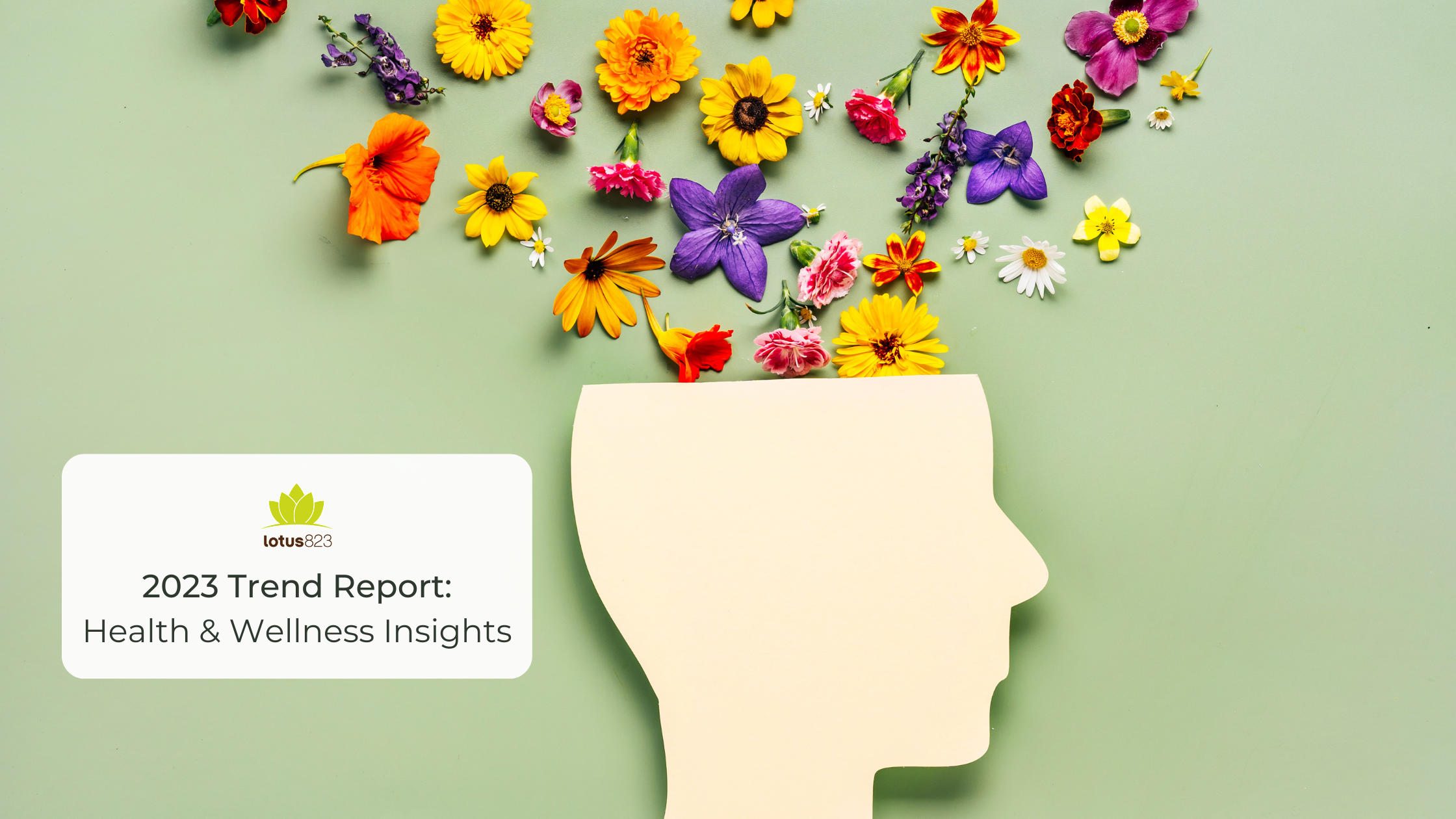
The wellness industry is booming, and consumers intend to keep spending more on products that improve their health, fitness, nutrition, appearance, sleep, and more. Emphasized during the start of the pandemic, increasing health and wellness discussions have caused society to talk more openly about health struggles, whether mental or physical. Trend Hunter has recently released their free 2023 Trend Report, focusing on the forecasted opportunities and insights for the “feel good” industry.
Focused Mood-Boosting
These are apps that focus on specific functions that prioritize mental wellness such as mind-boosting podcasts, quick daily journaling, checklists, and more. This is no surprise with the culture the pandemic created as well as other stressors like inflation, climate change, and other personal and social issues. The trend is that people are looking to make small changes to their habits and routines to help them feel better both long term and short.
Intimacy Apps
Made to help educate and empower users, intimacy apps are on the rise as virtual resources and digital communities are being used as a tool to inform and advise various interests. These apps educate users on sexual wellness, where they can learn about their sexual health, both mentally and physically. Apps like this go to show how users are prioritizing and seeking specific, or niche information.
Metaverse Medicine
As the digital space becomes more popular and accessible, consumers are finding that they don’t need to physically show up at the doctor’s office anymore. The pandemic has reshaped consumer habits which caused healthcare companies to bring their services online and into the metaverse. It is in this space where consumers can talk to a physician for non-urgent matters, such as check-ups, prescription renewals, fitness, and nutritional advice.
Habit-Building
With apps occupying children’s time for play and entertainment, parents and caregivers can see the value in technology to help children enhance their skills, health, and lifestyle. These child-targeted apps are helping kids form healthy habits. Some apps serve a specific function while others give parents and caregivers the ability to customize their child’s routine. Basically, kids are using technology anyway, so caregivers might as well take advantage of it to help their children’s development.
Inclusive Health
Inclusive health is promoting healthcare initiatives for black women. The U.S. healthcare system tends to be discriminatory toward the black community, but more specifically toward black women. During childbirth, black women have a high mortality rate and are less likely to be believed when they have symptoms of pain and illness. Additionally, as a community, they have less access to inclusive and comprehensive healthcare. Brands and businesses are hoping to make healthcare more accessible, by using platforms, tools, and funding to help promote inclusion in the healthcare industry.
Updated Detox
As mentioned in the use of intimacy apps and digital health care, consumers are spending more and more time in the digital space, and honestly, this space can become very overwhelming as it is filled with loads of content and negative news. Due to this constant engagement online, users are prioritizing a break or detoxing from the digital space. This follows the mental health trend as digital detoxing can improve mood and reduce stress levels.
Women’s Apps
Women are ditching the one-size-fits-all approach to health and wellness. Physical and mental well-being apps that target women’s health are on the rise, by creating personalized fitness and nutrition needs. These apps include needs based on where a woman is in her menstruation cycle and/or focus on generating positivity. Again, more people are seeking advice on how to maintain their physical and mental health while considering individual needs, lifestyles, and preferences.
Alcohol Wellness
The alcohol industry is taking inspiration from popular wellness practices. As consumers continue to take care of their mental and physical health, alcohol brands are noticing. This space includes electrolyte-infused beers to “mindfulness” wine branding.
Disability Wellness
As mentioned with the Black community, the health and wellness industry is looking to be more inclusion focused. This includes a push for more products and services specifically designed for people with disabilities. These products range from intimacy toys to VR-based fitness programs. People with disabilities have been underserved as they face accessibility concerns in their everyday routines. Both activists and allies are pushing for adequate representation of both personal needs and luxuries.
Body Neutrality
Body neutrality is a new approach to fitness that celebrates the body and what it is capable of. Rather than focusing on changing one’s body and working out to “look good” the idea is to enjoy the body as it is. The pandemic has made the U.S. re-prioritize happiness and peace as opposed to aspiration and accomplishment which has resulted in a new definition of “wellness.” Diversity and inclusion continue to be celebrated as consumers look to get rid of enforced, unrealistic, and harmful beauty standards.
Wondering how your health and wellness brand can leverage these current trends? Contact our team to discuss a personalized PR & marketing strategy!
The 2023 Trend Report was conducted by Trend Hunter based on their study of 250,000,000 people. All the above information is a result of their findings.






